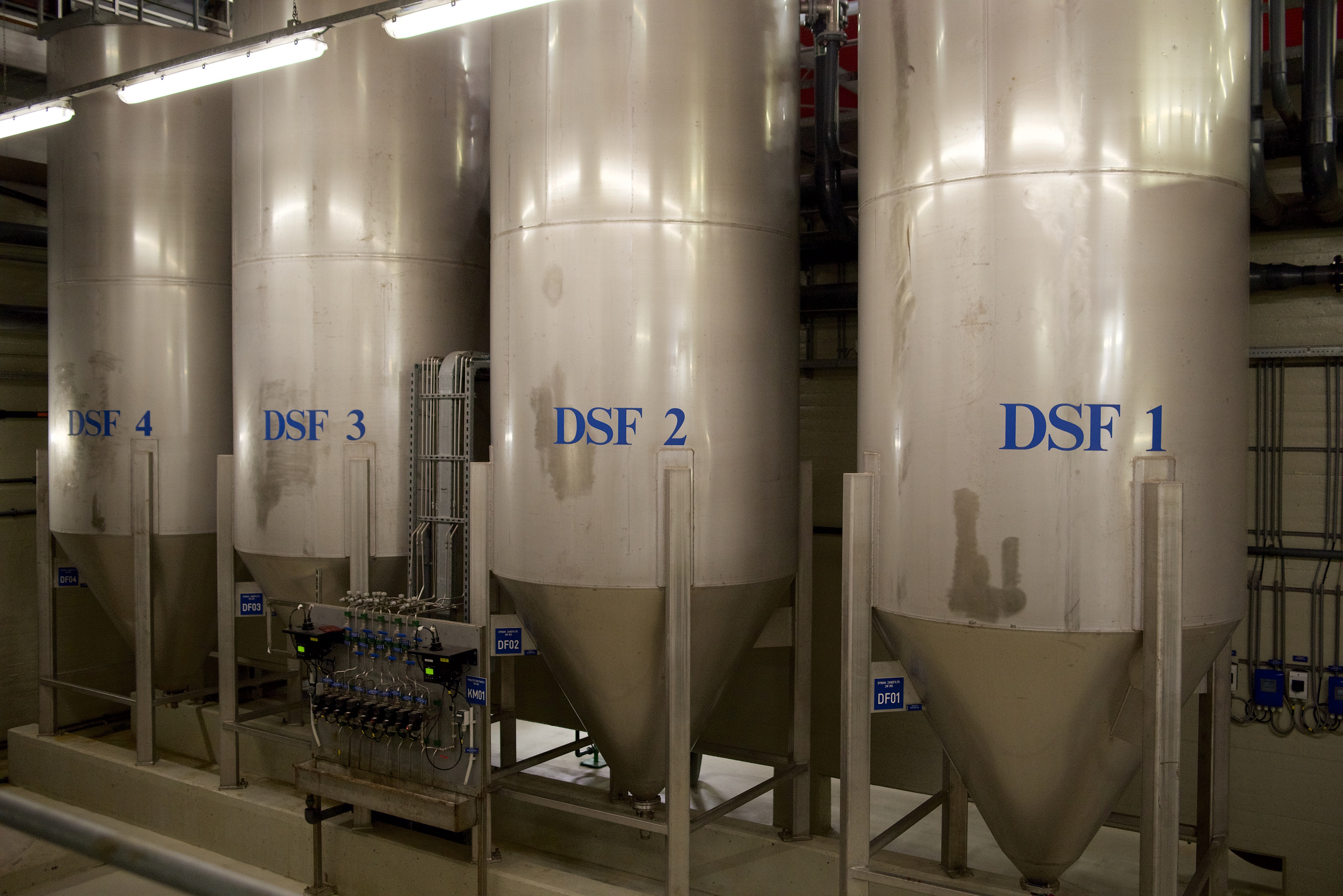Step 1: extracting water from our sources
Tap water from Waternet comes from 2 sources. About two-thirds of our tap water comes from the Lekkanaal (the Lek Canal) near Nieuwegein. We use natural methods to purify this water. We do this in the Amsterdamse Waterleidingduinen (Amsterdam Water Supply Dunes). The water is then transported to our water treatment plant in Leiduin near Heemstede.
The rest of the tap water from Waternet comes from the Bethune Polder. In the Waterleidingplas, we first purify this water using natural methods. It then goes to our water treatment plant in Weesperkarspel in Amsterdam-Zuidoost.
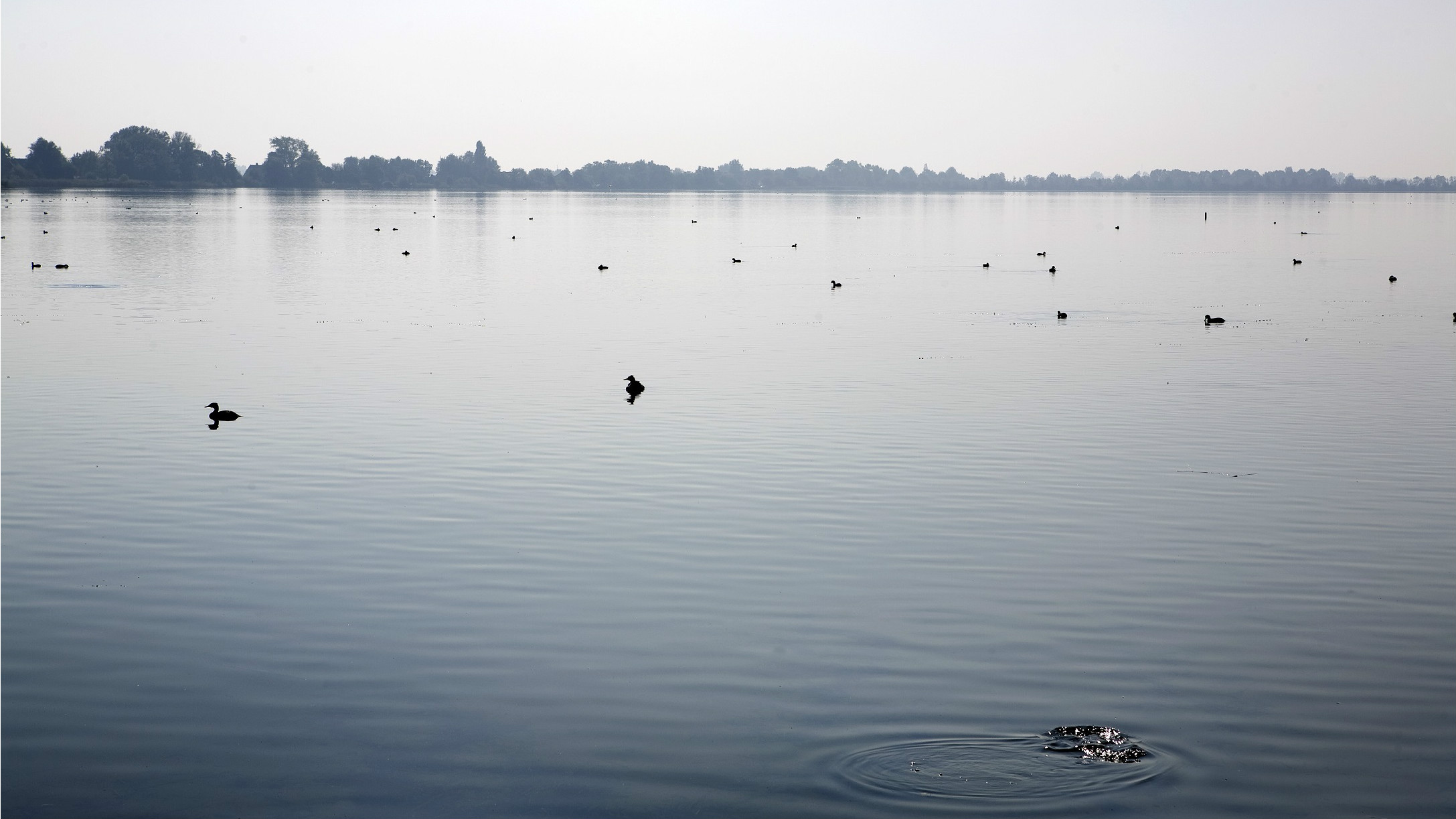
Source 1: Lekkanaal near Nieuwegein
The Lekkanaal runs east of Nieuwegein. The buildings of the Watertransportmaatschappij Rijn-Kennemerland (the Rijn-Kennemerland water transport company) are located just to the north of the Prinses Beatrix lock in the Lekkanaal. Waternet and the PWN water company work together here.
We pump water from the Lekkanaal. Of course, this water is not drinkable yet. It contains far too many bacteria and other impurities. That is why we need to clean the water more thoroughly.
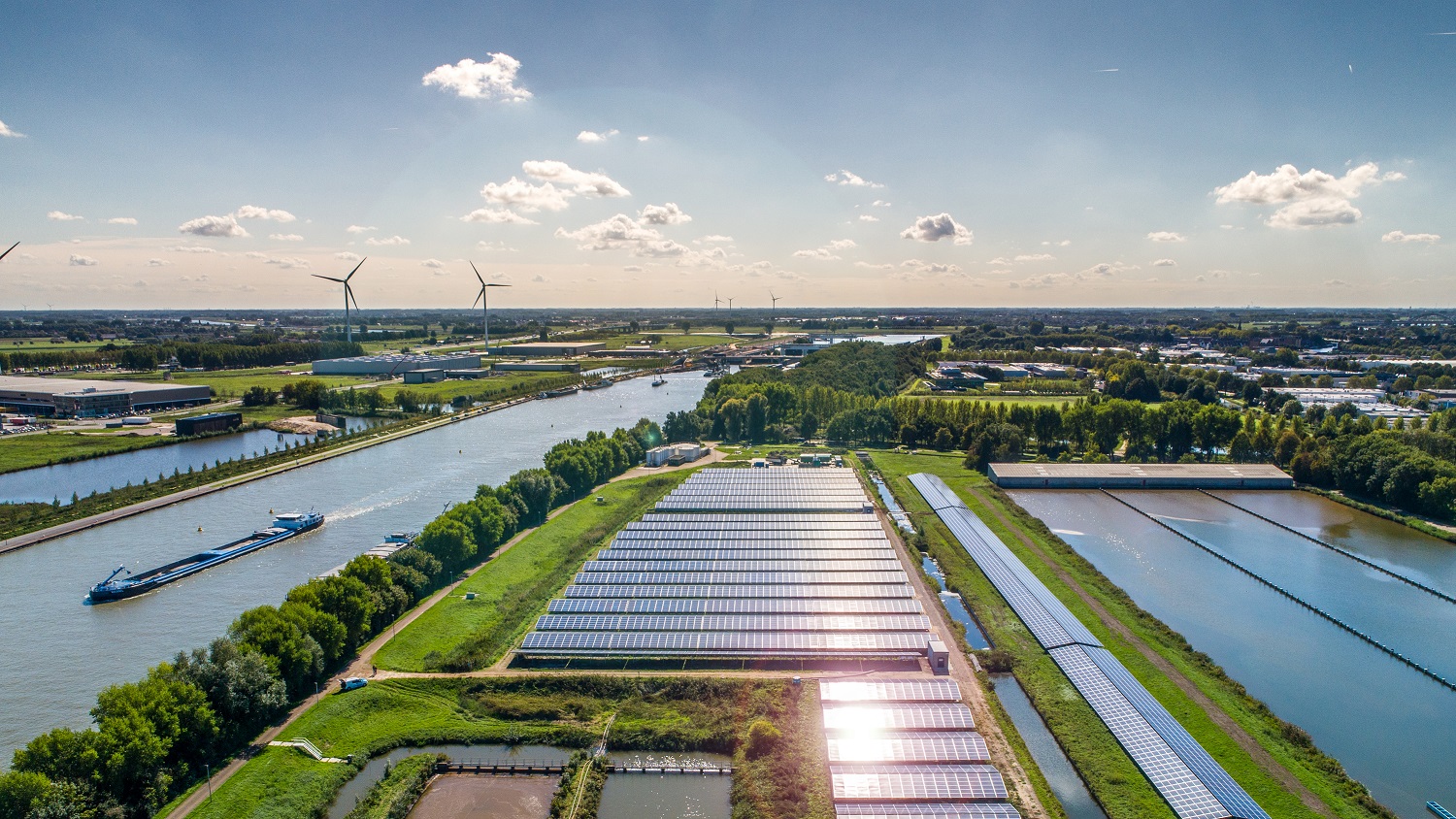
Source 2: Bethune Polder
The Bethune Polder is a 'reclaimed area'. In other words, a piece of land that used to be a lake. Water rises from the ground here. We call this seepage water. We collect this water and pump it out of the polder. It undergoes the first round of purification at our water treatment plant in Loenderveen (near Loenen aan de Vecht).
Sometimes we need more water. For example, if it has been hot and dry for a long time. In that case, we will not only collect water from the Bethune Polder, but also from the Amsterdam-Rijnkanaal.
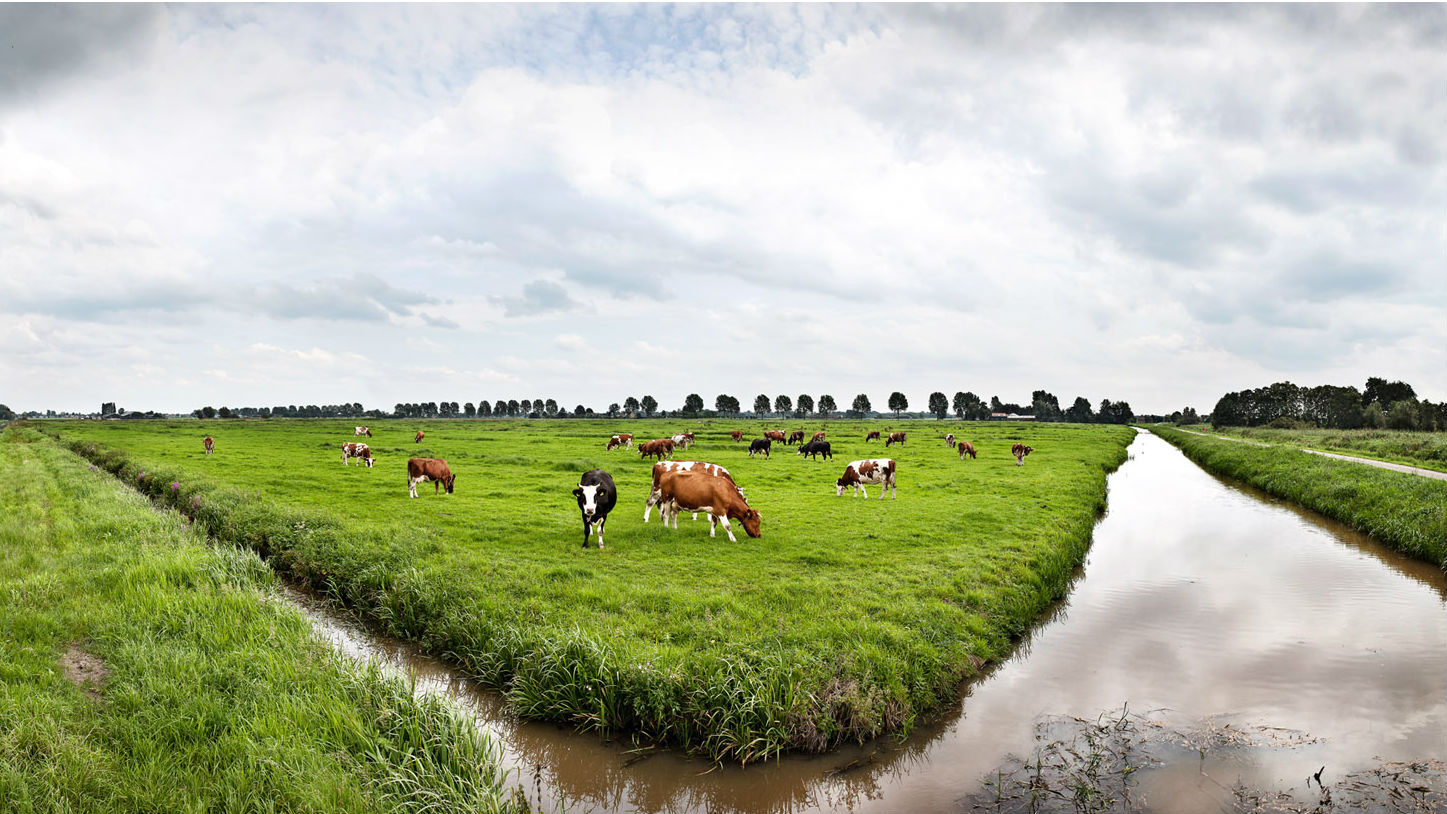
Step 2: Pre-purification
Once we have got the water from the springs, the first thing we do is remove the larger pieces of dirt from the water. We do this by pumping the water into large ponds (see the picture on the left). This is where we add a special substance to the water: iron chloride. We use rotor blades to make sure the water is mixed well. The iron chloride causes small pieces of dirt to clump together. This makes them bigger and heavier. The heavy bits sink to the bottom of the basin. This is where we remove them from the water.
The water is now much cleaner. It contains far fewer harmful substances such as bacteria and viruses. The water also looks much better. It is no longer brownish-green. And you can see right through it! But a lot of things still need to be done before it is drinkable.
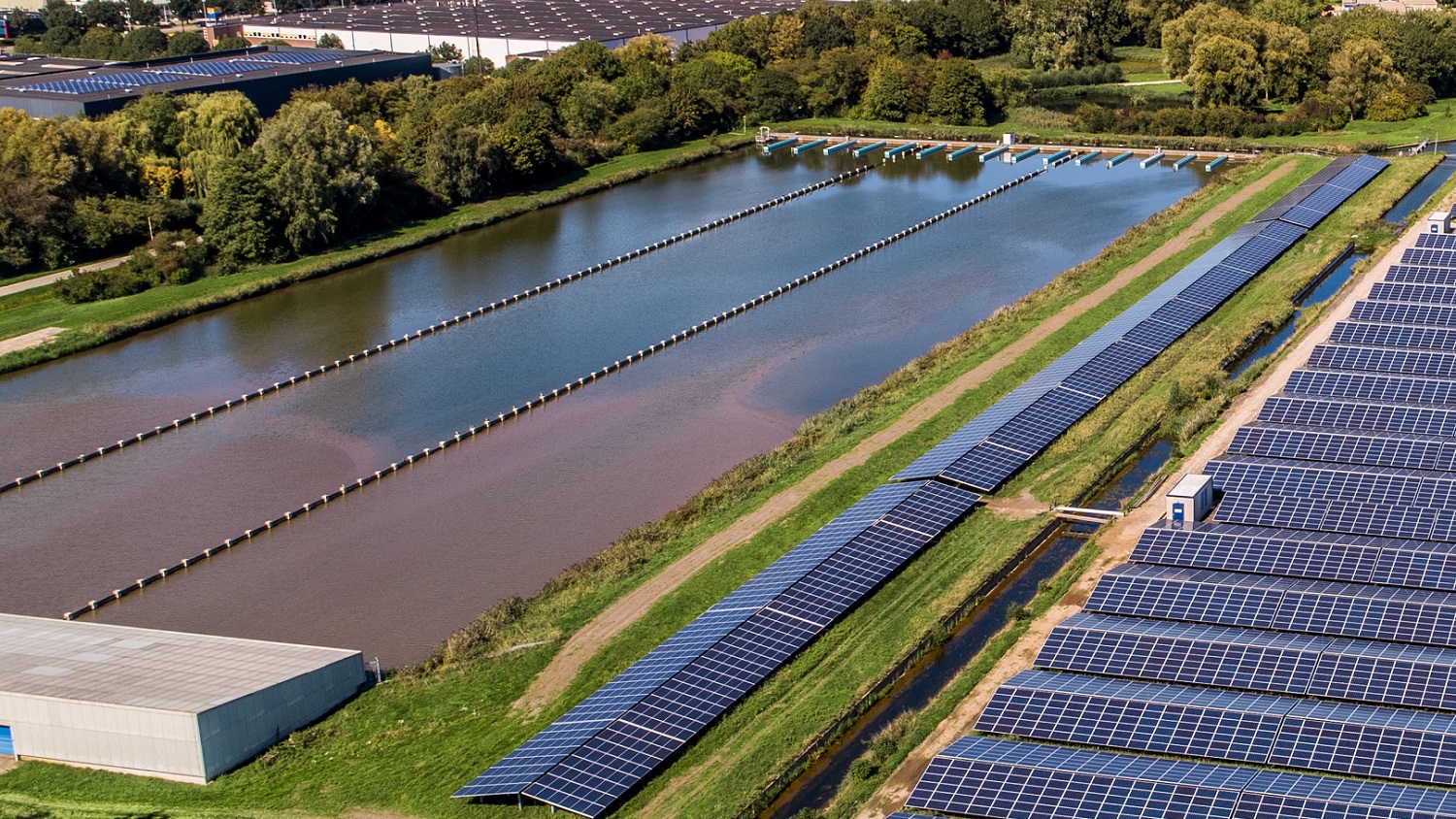
Step 3: Filtration with sand and gravel
We filter the water from the Lekkanaal with sand after the pre-purification stage. Otherwise, we are not allowed to pump it into the Amsterdamse Waterleidingduinen. We skip this step for the water from the Bethune Polder. Filtering with sand works like this:
The water flows from top to bottom through a basin filled with sand. Beneath the sand are several layers of gravel. The top layer of gravel is made up of small grains and the bottom layer is made up of larger grains. The sand and the small grains filter the water. The larger grains make sure that the smaller grains stay in place, so that they do not end up in the collection pipe.
Small pieces of dirt that were too small or not heavy enough to sink to the bottom in the previous stage are now removed from the water. Did you know that beneficial bacteria live in the sand and gravel? They use certain substances in the water as a source of food. This is how bacteria remove harmful substances from the water. Such as ammonia, for example. The photo shows filter 37 being flushed.
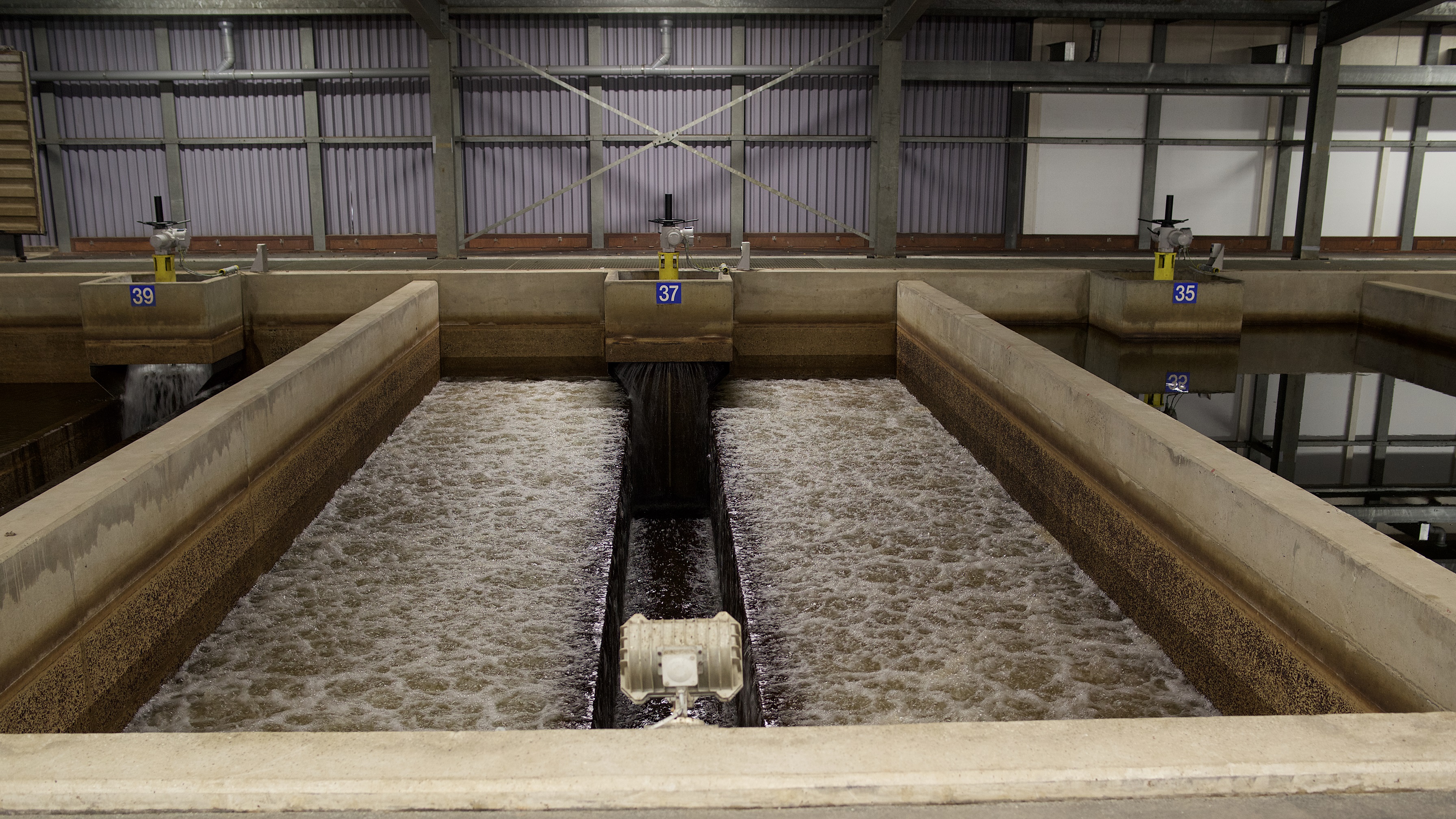
Towards natural purification
The water is a lot cleaner now!
Now we pump the water from the Lekkanaal to the Amsterdamse Waterleidingduinen. The water flows through 3 large pipes that are about 55 kilometres long. We pump the water out of the Bethune Polder into the Waterleidingplas.
We also pump some of the water from the Lekkanaal to PWN, the water company of North Holland. And another part is pumped to large companies such as Tata Steel. They use this 'industrial water' to cool machinery, for example.
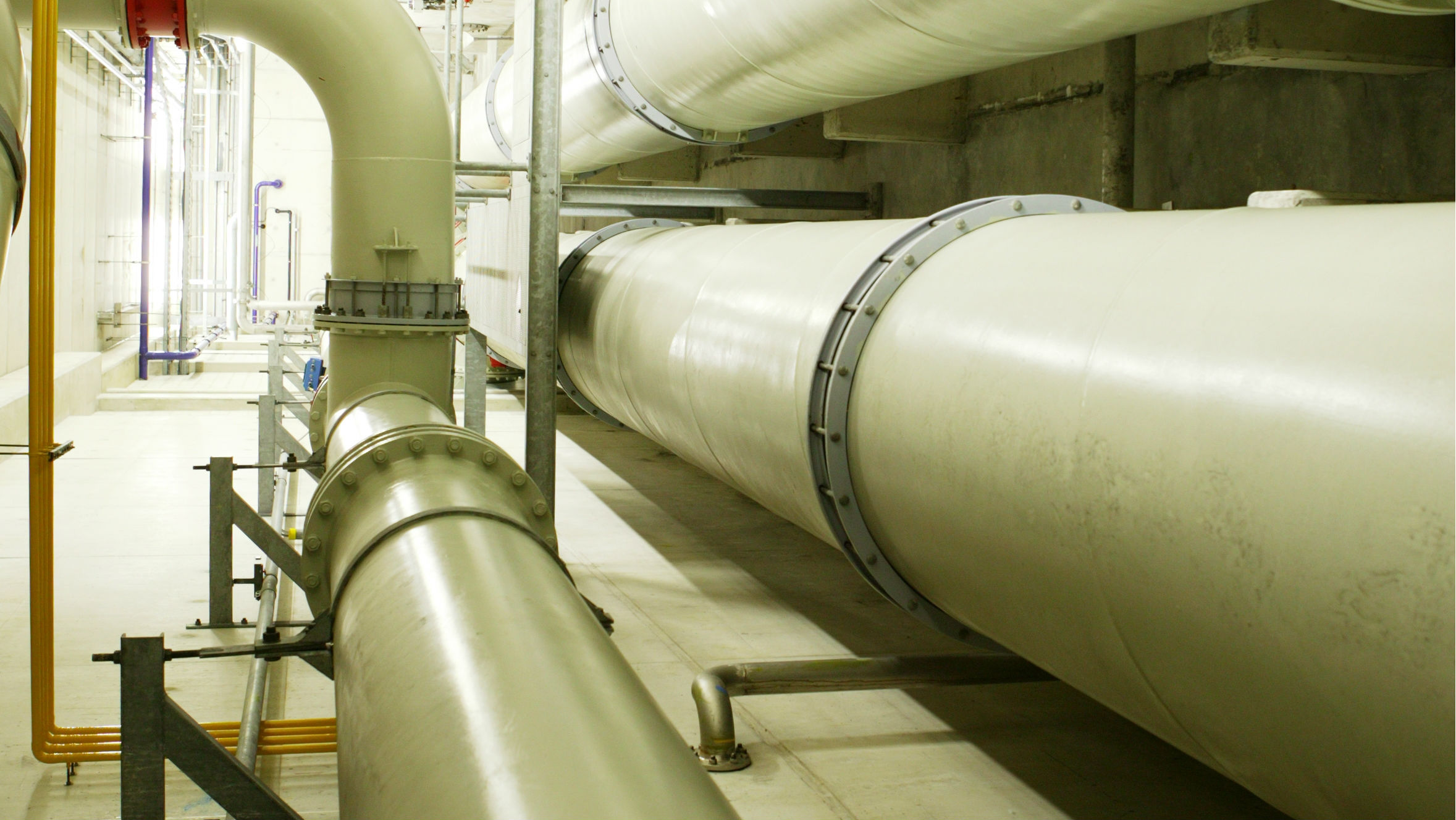
Step 4: Natural purification in the Amsterdamse Waterleidingduinen
The Amsterdamse Waterleidingduinen is not only a wonderful nature reserve where you can go for walks. It is also a place where we let nature perform an important job: purify our water even more thoroughly.
First, we pump the water into a large pond: the distribution pond. The water flows through canals into 40 smaller, elongated ponds: the infiltration channels. These are located at the highest point of the Amsterdamse Waterleidingduinen. In these ponds, the water slowly sinks into the ground. The ground not only contains sand, but also a layer of clay. The water slowly sinks through the sand. Viruses and bacteria remain in the sand. The clay layer prevents the water from sinking too deep.
Read more about the Amsterdamse Waterleidingduinen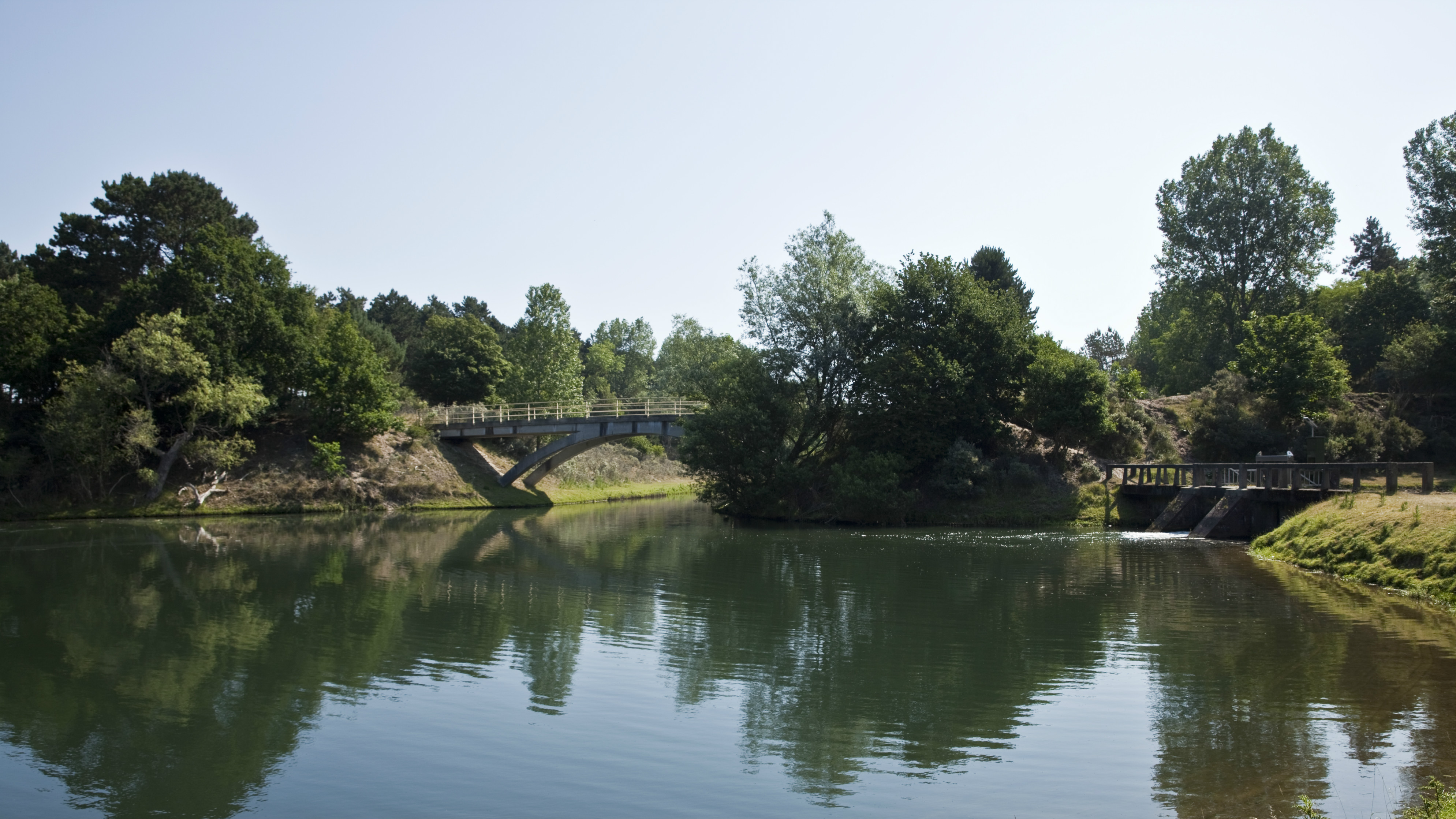
Via Oranjekom to Leiduin
After about 3 months, some of the water rises from the ground in the lower parts of the Amsterdamse Waterleidingduinen. We collect this water. We use collection pipes to extract another part of the water from the ground. These are buried deep underground. Rainwater that falls on the dunes also ends up here. In total, about 15% of the water comes from the atmosphere.
We store all the water in the Oranjekom (photo). This is a large pond. The water is pumped from the pump building near the Oranjekom to our factory in Leiduin near Heemstede. We continue to clean it further there.
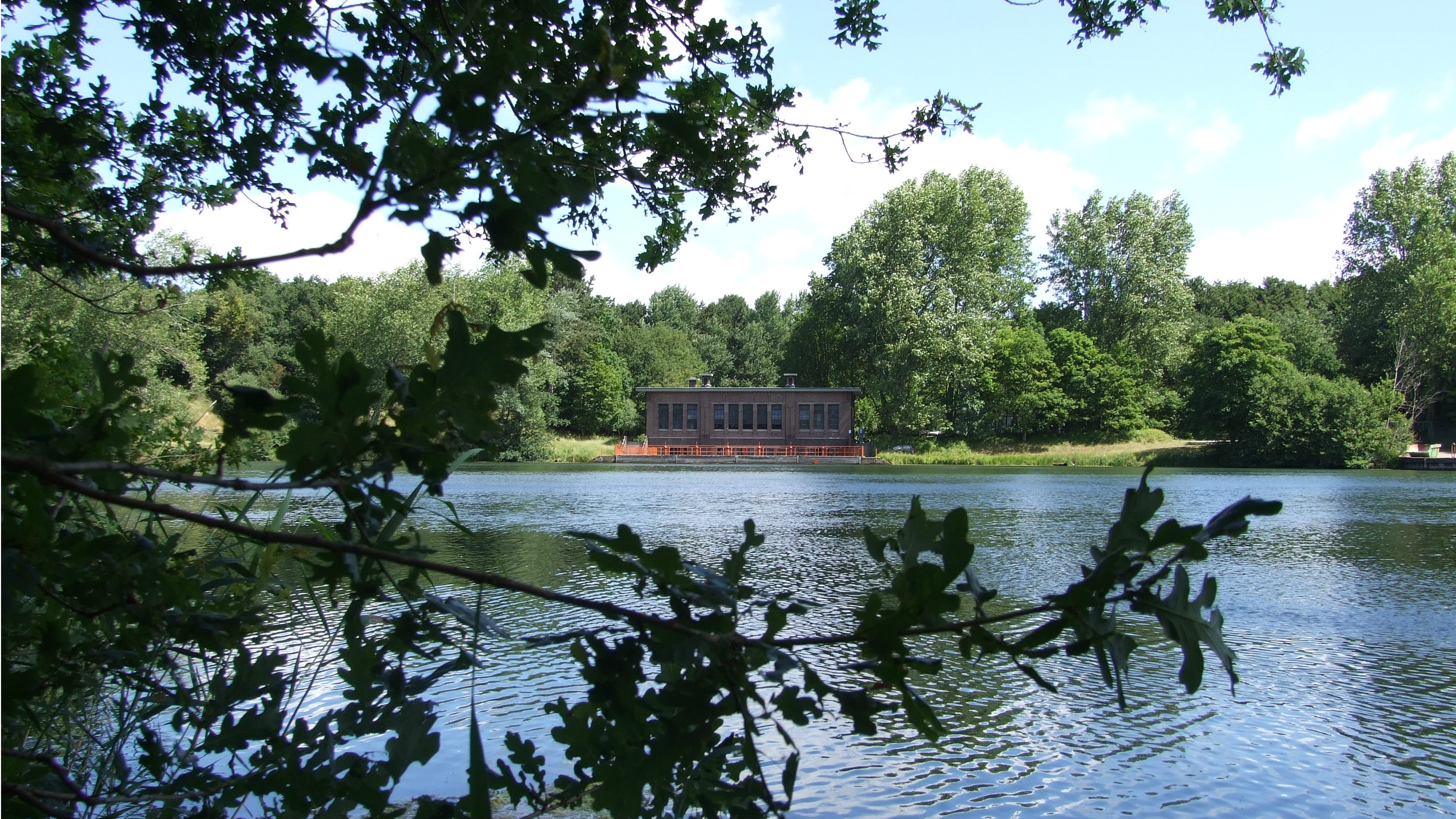
In the Waterleidingplas
We purify the water from the Bethune Polder in the Waterleidingplas (photo). This is a special section of the Loenderveense Plas. The water stays here for 2 to 3 months. Just like in the dunes. This is how we remove bacteria and viruses from the water in a natural way. We then pump the water to our treatment plant in Weesperkarspel for the next step.
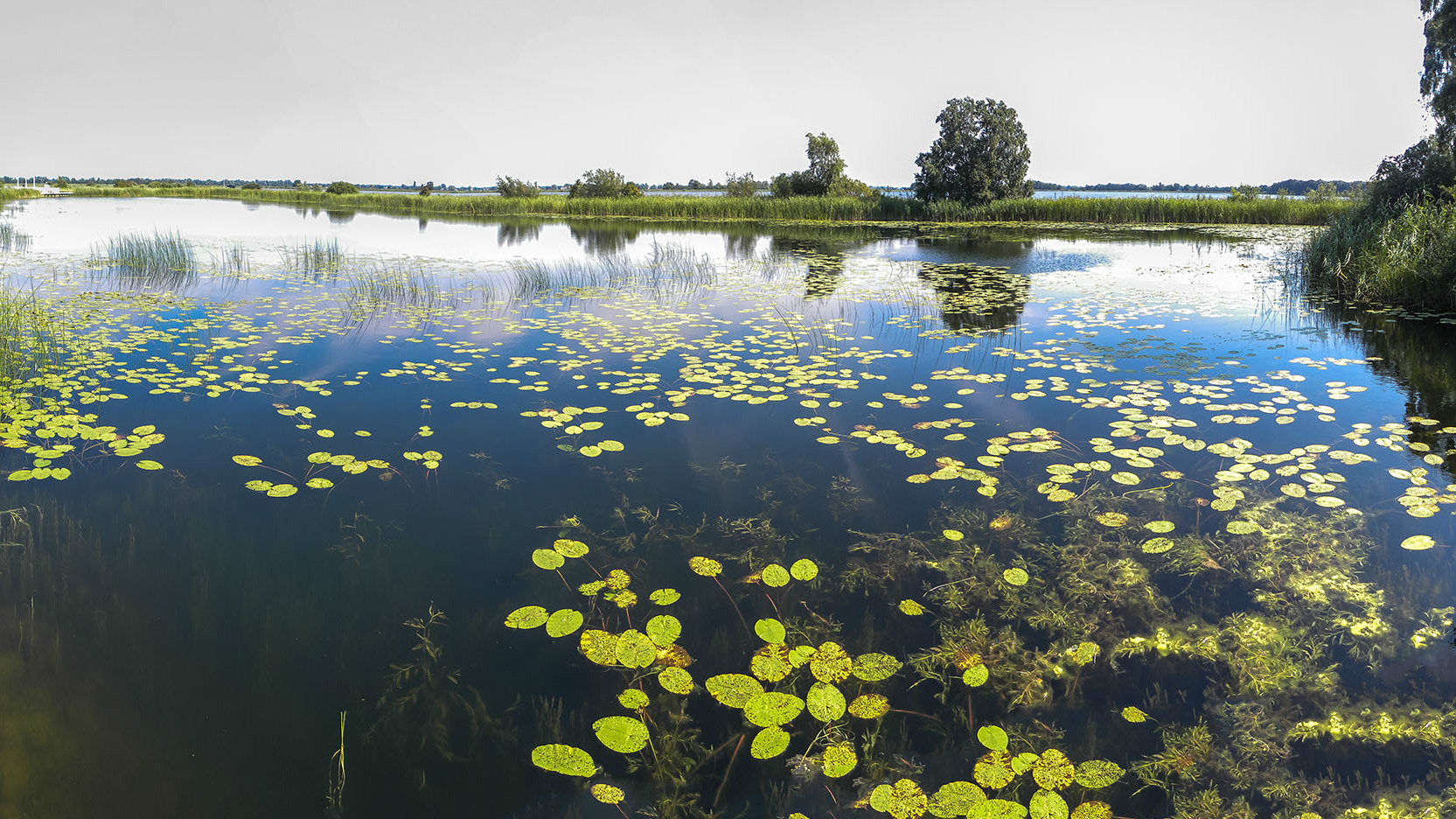
Step 5: One more round of filtering with sand
After the natural purification stage in the Waterleidingduinen or the Waterleidingplas, the water arrives at our main treatment plants in Leiduin (photo) or in Weesperkarspel (Amsterdam-Zuidoost). That is where we filter the water one more time with sand. We do this to remove algae. They grow in water thanks to the sunlight that reaches them. The purification process is the same as in Step 3.
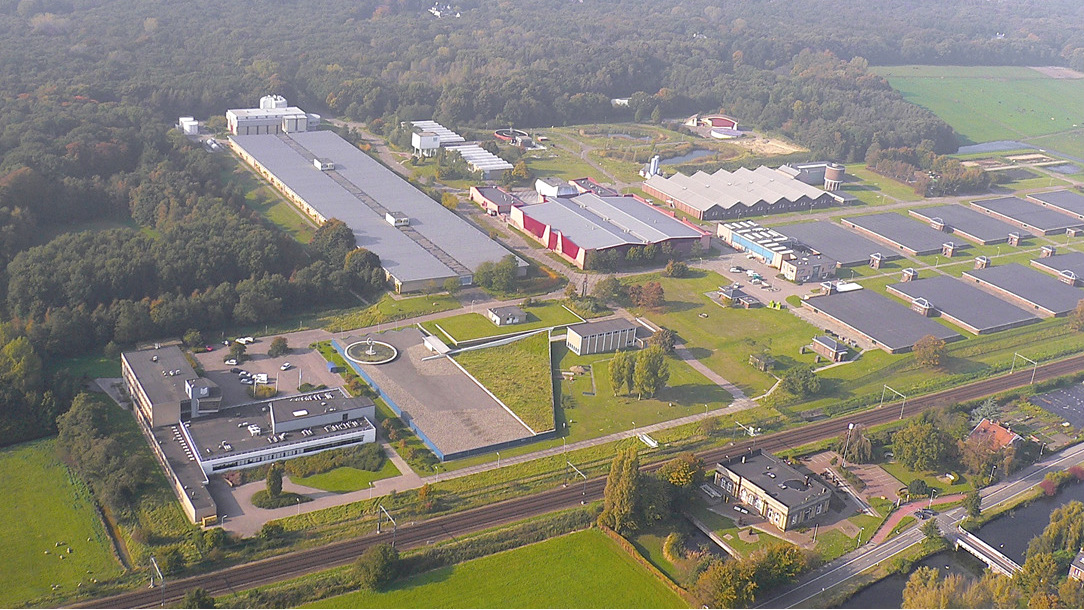
Step 6: Cleaning with ozone
Ozone is a useful gas. For example, the ozone layer in our atmosphere blocks much of the harmful radiation from the sun. As part of the process of producing tap water, we use ozone to further purify the water.
The water flows through a big cellar: the ozone cellar. We add ozone to the water. Rotating discs (pictured) allow the ozone to enter the water as small bubbles. The cellar is made up of a number of interconnected chambers. The water flows very slowly because of the partitions between these chambers. The ozone gas and water mix well thanks to the slow flow and small bubbles. The ozone destroys harmful substances. For example, think of pesticides, bacteria and viruses. The water always stays in the ozone cellar for more than 15 minutes. This allows the ozone gas to do its job properly.
The quality of the water improves because of the ozone. It now tastes and smells a lot better. Even the colour of the water improves.
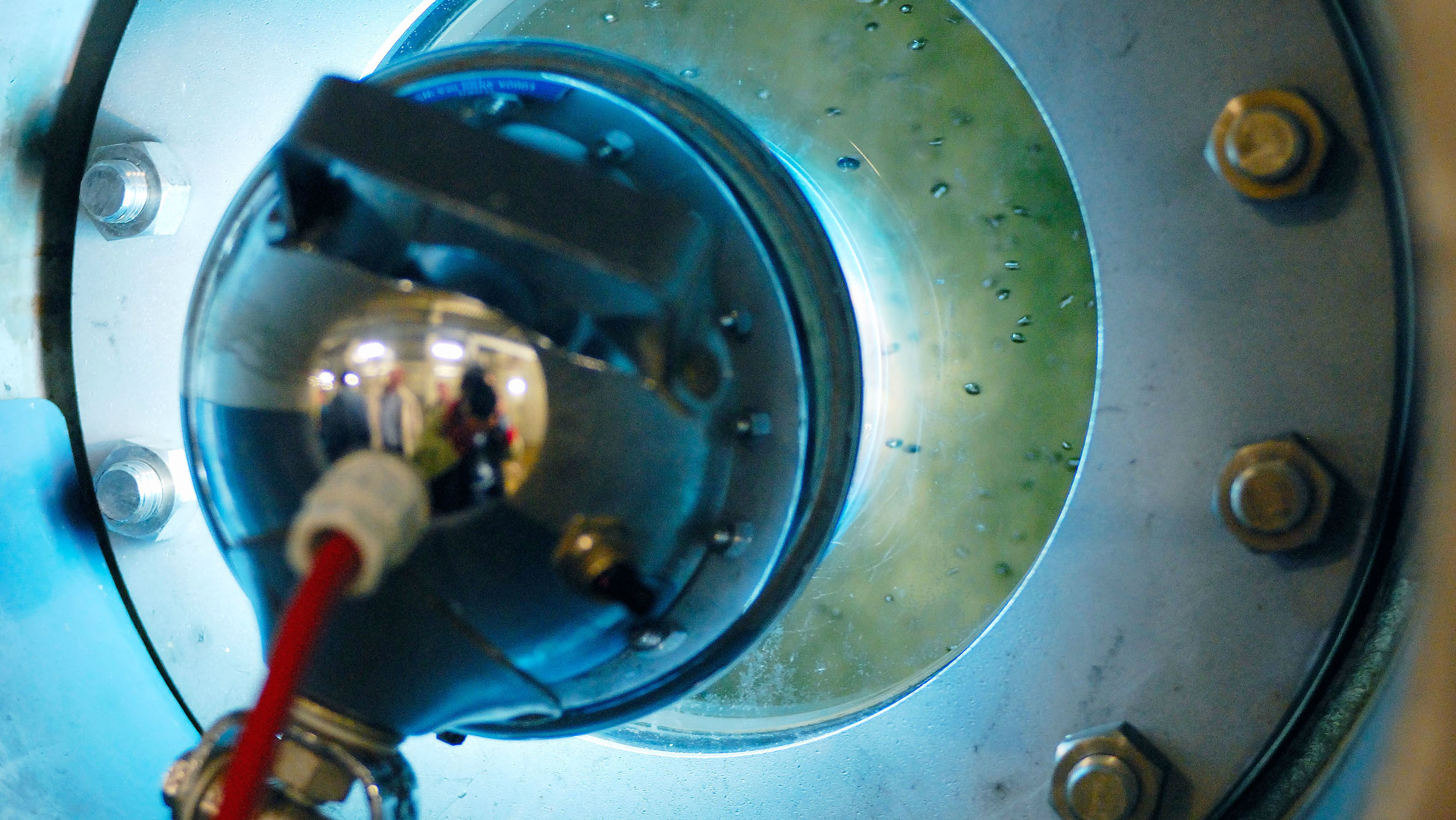
Step 7: Removing lime from the water
By now, the water is quite clean but still very hard. What we mean by that is that it contains a lot of lime. Lime is bad for appliances such as your washing machine and kettle. Hard water also damages water pipes. Not to mention, you can taste it too. For this reason, we make the water soft.
We pump the water into large tanks (photo). The tanks contain calcite grains. These are a type of sand grain and are shaped like small crystals. We add liquid caustic soda to the water. The caustic soda makes the lime stick to the calcite. This creates larger grains. We can easily dispose of these. The remaining water contains much less lime. It now has a hardness of 7.8 dH (German degree of Hardness). That is fairly soft water.
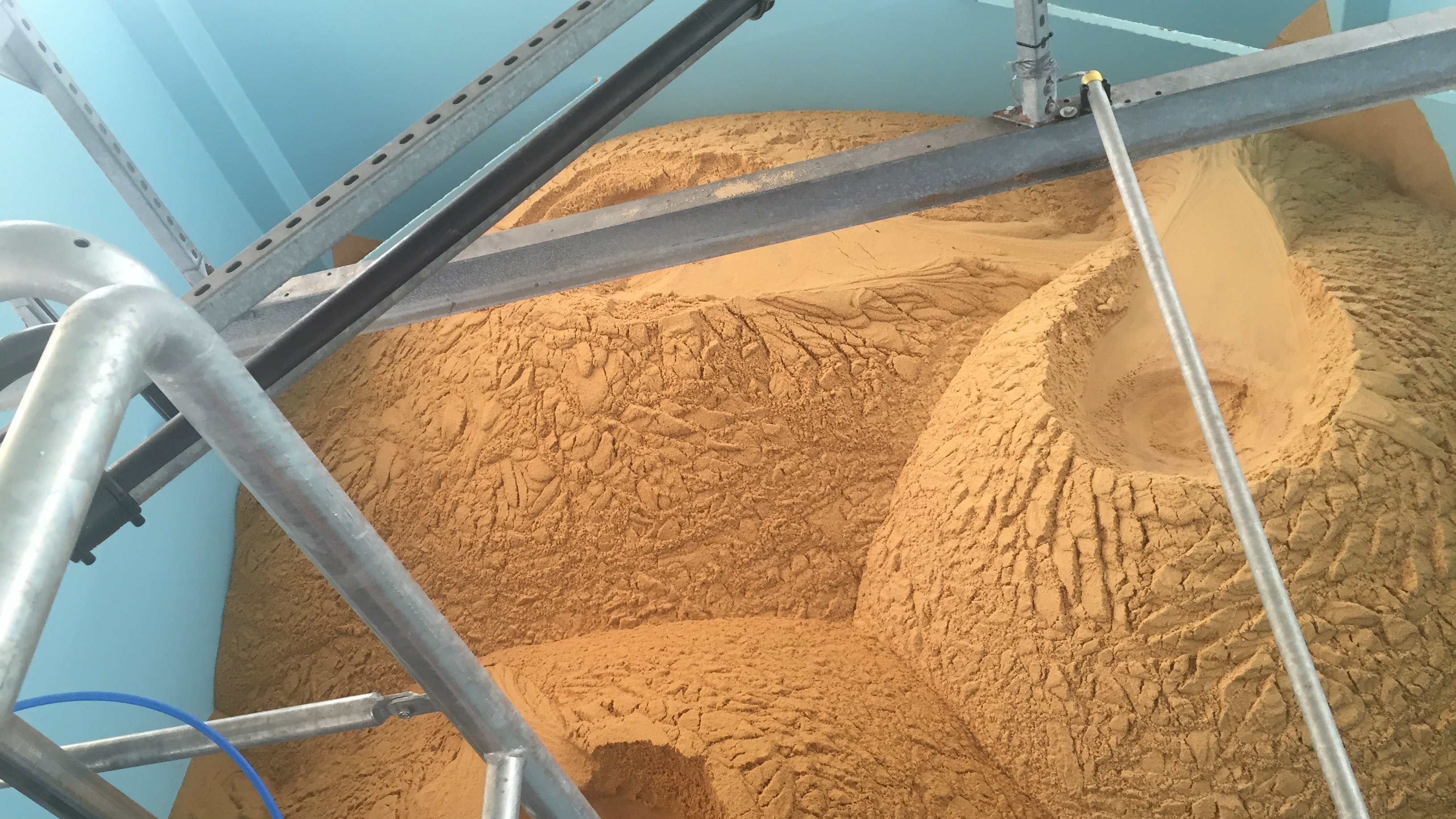
Step 8: Filtration with carbon
All we need to do now is remove the remaining harmful substances from the water. We do this with carbon. This happens as follows:
We pump the water into large, shallow basins. Inside each basin is a layer of special filters. The filters contain tiny pieces of carbon with very small holes in them. This makes the surface area of a carbon particle very large. 1 gram of carbon has the surface area of almost an entire football field! Harmful substances such as drug residues and pesticides are trapped in the carbon filter. Beneficial bacteria in the filter break them down. These bacteria need a lot of oxygen, especially in summer. That is why we add extra oxygen during this season.
The photo shows one of the carbon filters being refilled with fresh carbon.
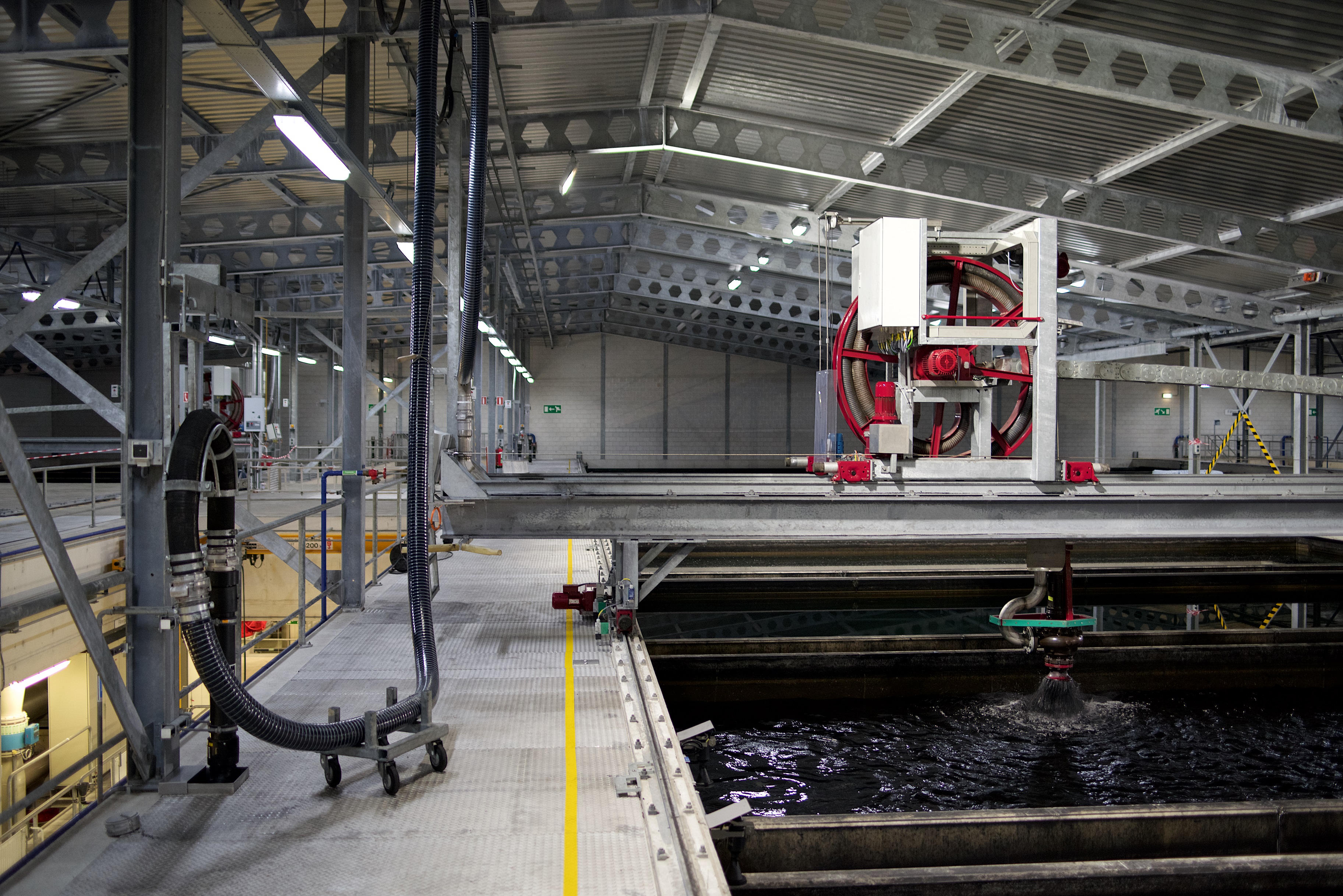
Step 9: Slow filtration with sand
We want to make sure that the water is safe for everyone to drink. We therefore filter the water one more time with special, fine sand. The water flows slowly through large tanks filled with this fine sand. The sand prevents the last remaining particles from passing through. These are the particles that are still left over after the carbon filtration process. The sand blocks any remaining bacteria, as well as other substances that can make people sick. The water in the picture is so clear it looks like a mirror. The water is now safe to drink. Not to mention, it is of the highest quality.
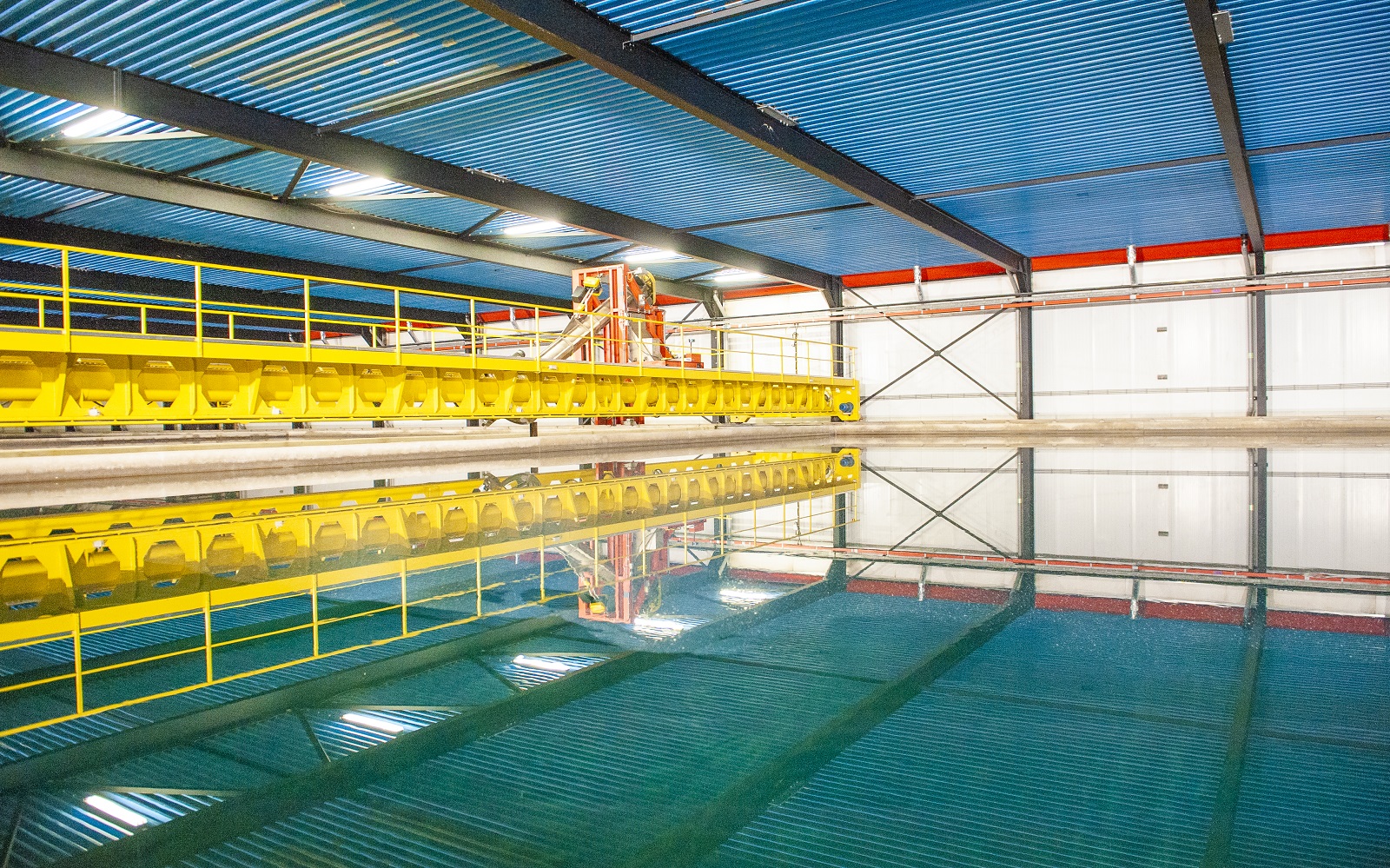
Step 10: Straight from your tap
That is all! The water has been on the move for over 3 months. But before we supply your home with fresh tap water, we store it for a short time. We do this in 2 huge tanks that hold 13 million litres! As we tend to use much more water during the day than at night, we need a reserve supply. Thanks to this reserve, we can keep on producing tap water at night. Even though we pump less water into the pipes at this time.
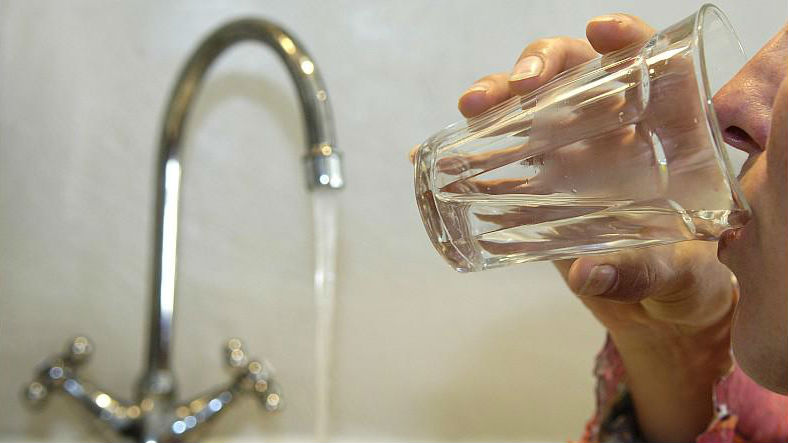
Am I getting river water or ground water?
Do you live west of the Amstel River? Then you will have water from the Lekkanaal which has been purified in the Amsterdamse Waterleidingduinen and in our Leiduin water treatment plant. Do you live east of the Amstel River? Then you will have water from the Bethune Polder which has been purified in the Waterleidingplas and in our water treatment plant in Weesperkarspel.
Wherever your water comes from, it has a hardness level of 7.8 dH. That is fairly soft. The quality of the water is excellent. We test it on various criteria every day.
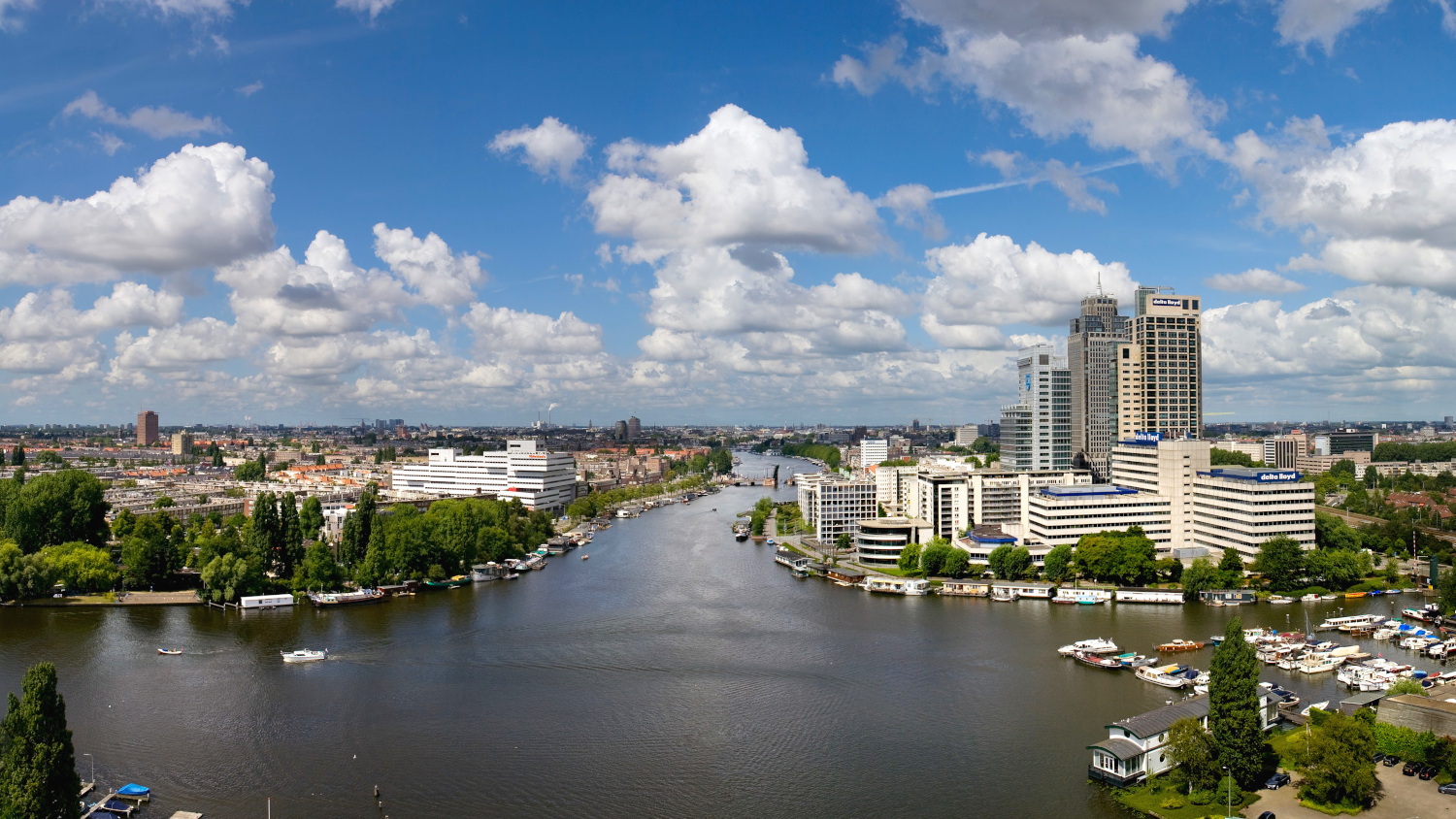
What do we do with the dirty water that is left over?
It may sound strange, but it takes a lot of water to make tap water. For example, many of the steps in the process leave behind dirty water. We also use water to rinse the filters clean. We do not throw this dirty water away. We use 14 sand filters (photo) to clean it. This will make it clean enough for us to use it again in step 5. In other words, we turn it into tap water! Not a drop is wasted.
